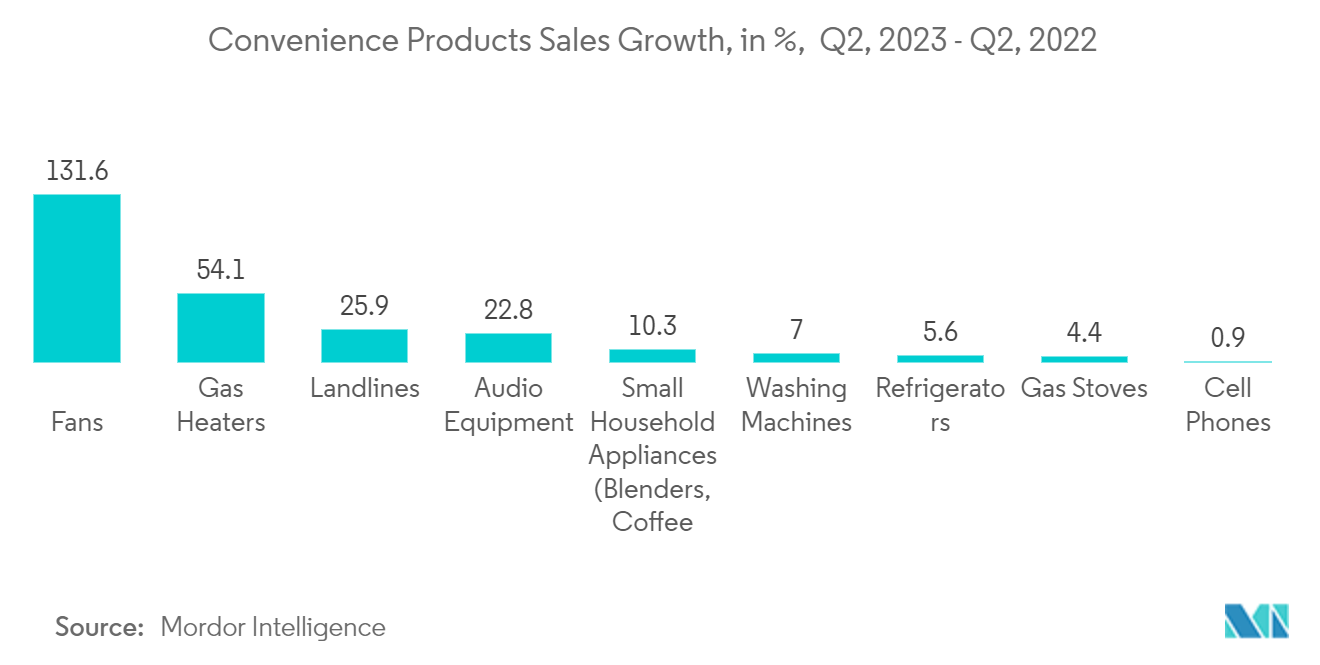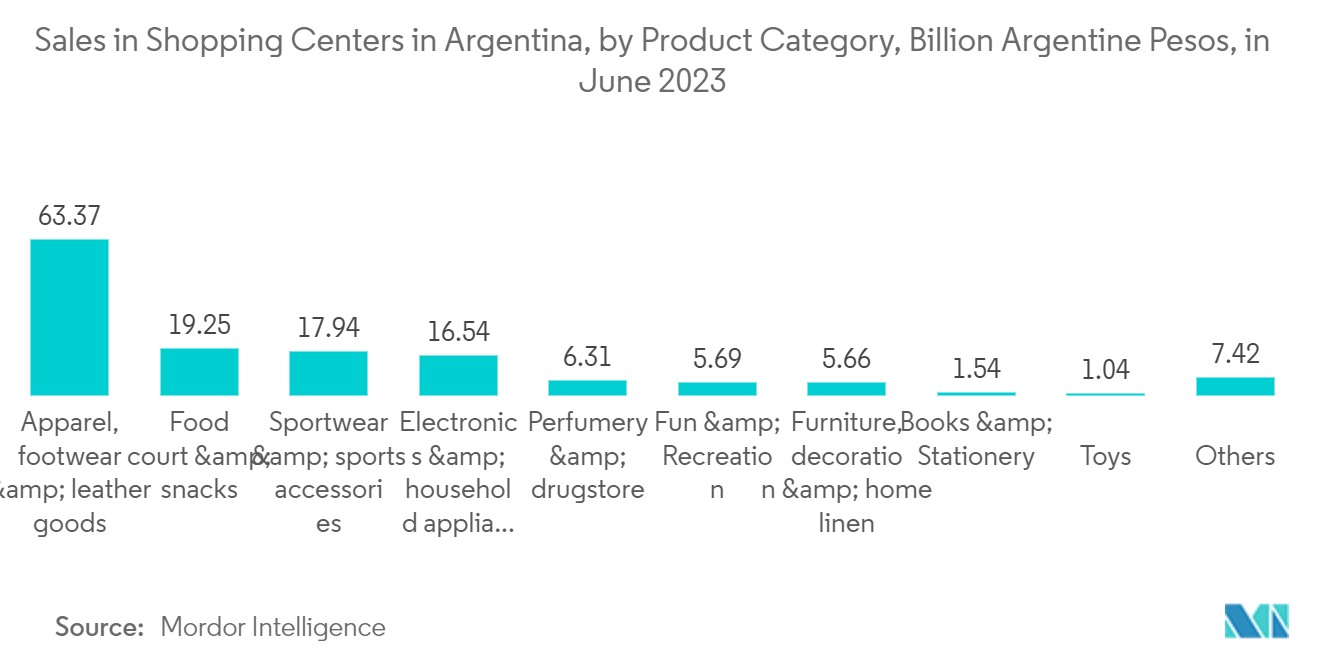Market Trends of Argentina Home Appliances Industry
Convenience Products Leading the Market
The convenience that the product brings to the consumer's life is making them opt for it. Small home appliances come with a shorter lifespan, which makes it easy for the consumer to replace or exchange them for a newer model. The sales volume of coffee machines almost doubled in the study period and was followed by small kitchen appliances. Customer choices are transitioning. They are shifting to innovative and energy-efficient products for their daily utilization. Products like egg cookers are the best example that explains the increasing interest among manufacturers to focus more on automating people's daily activities by taking a load off their shoulders. They also improve accuracy and bring innovation by producing multi-utility products rather than single-utility products.
The home appliances market in Argentina is on the rise, driven by population growth, urbanization, rising incomes, and shifting consumer lifestyles. This market encompasses a diverse array of products, including refrigerators, washing machines, air conditioners, ovens, microwaves, vacuum cleaners, and small kitchen appliances. Argentine consumers, in their appliance purchases, prioritize attributes like energy efficiency, durability, and affordability. Notably, there's a surging demand for energy-efficient appliances, aiding in electricity conservation and cost reduction. Furthermore, consumers are increasingly drawn to appliances boasting innovative features, contemporary designs, and cutting-edge technologies. The Argentine home appliances market is segmented into various product categories, each catering to distinct household needs. These categories include major appliances (e.g., refrigerators, washing machines, dishwashers), small appliances (e.g., blenders, coffee makers, toasters), and air conditioning and heating systems. In this fiercely competitive landscape, both domestic players like Longvie, Patrick, and Liliana, and international giants such as Whirlpool, Electrolux, Samsung, and Philips vie for market dominance. The competition hinges on factors like product quality, brand reputation, pricing, and robust distribution networks.

Store-based Purchases Holding Major Sales Volume
Even though the e-commerce penetration and percentage of customers who are willing to spend on online shopping are increasing, especially among the younger generations, consumers are still preferring to buy their products via stores or outlets only. The factors that are driving these sales are the after-sales service and delivery of the purchased product. It is observed that online sales platforms are failing to reach average customers who do not have their own logistics services.
The shipping charges for the majority of the products are almost the same as the price of the product they purchased. The fact that most customers from this region prefer to repair their products rather than replace them is making them choose nearby stores for their desired purchases. All these factors are affecting the Argentine purchasing decision, thus increasing store-based purchases.
In Argentina, home appliances are retailed through a diverse set of channels, including specialty stores, department stores, hypermarkets, online platforms, and dedicated dealerships. Online retail, in particular, has witnessed a surge, enabling consumers to conveniently compare prices and make purchases. The Argentine government is considering policy measures to encourage the adoption of energy-efficient appliances and curb energy consumption. These initiatives might involve energy efficiency labeling, appliance regulations, and financial incentives like rebates or tax credits. For Argentine consumers, after-sales services, encompassing warranties, maintenance, and repairs, hold significant sway in their appliance choices. Manufacturers and retailers, cognizant of this, often extend warranties and service contracts to bolster customer satisfaction. However, the home appliances market in Argentina grapples with challenges like economic volatility, currency fluctuations, inflation, and evolving consumer spending habits. To stay competitive and foster growth, industry players must adeptly respond to market dynamics and evolving consumer preferences.

